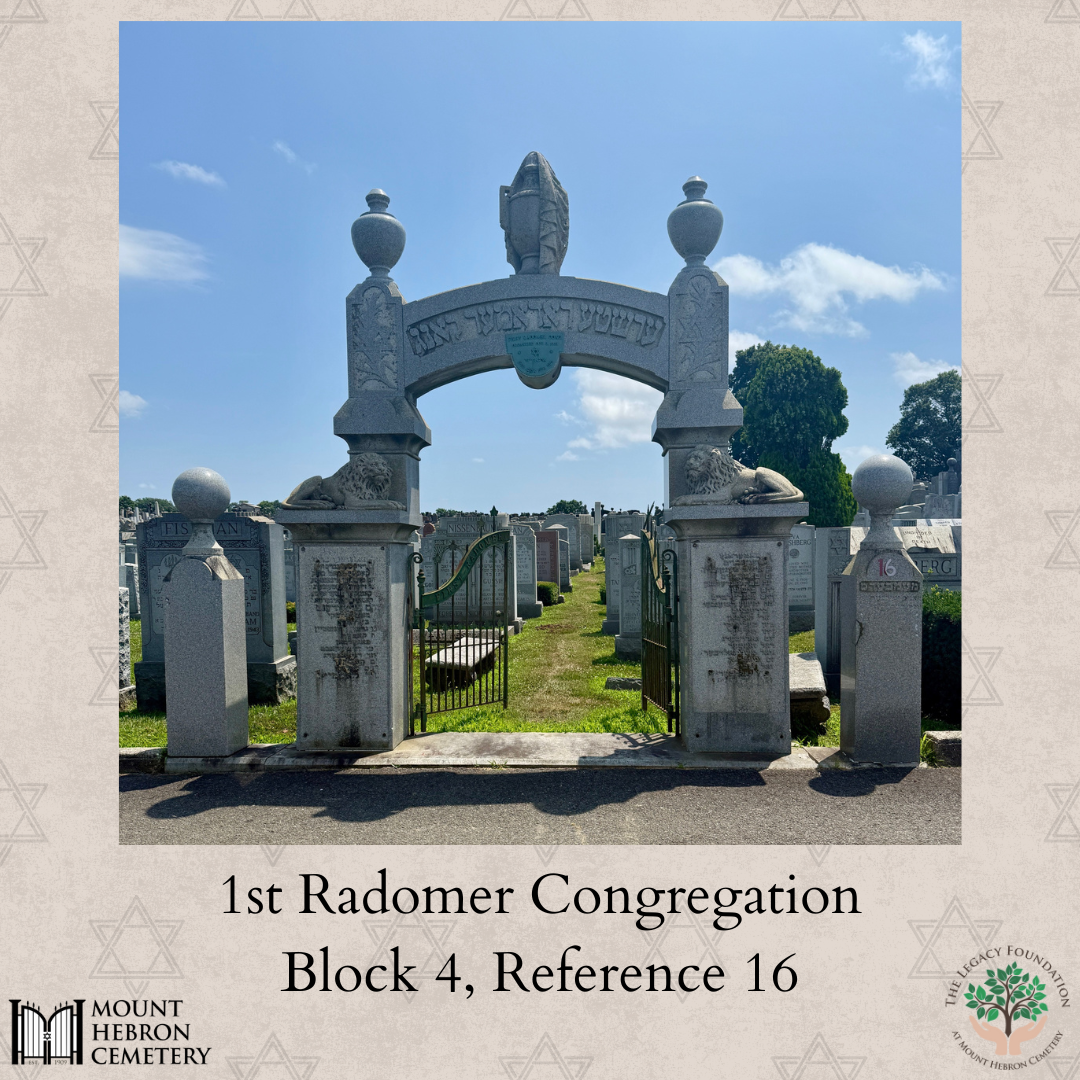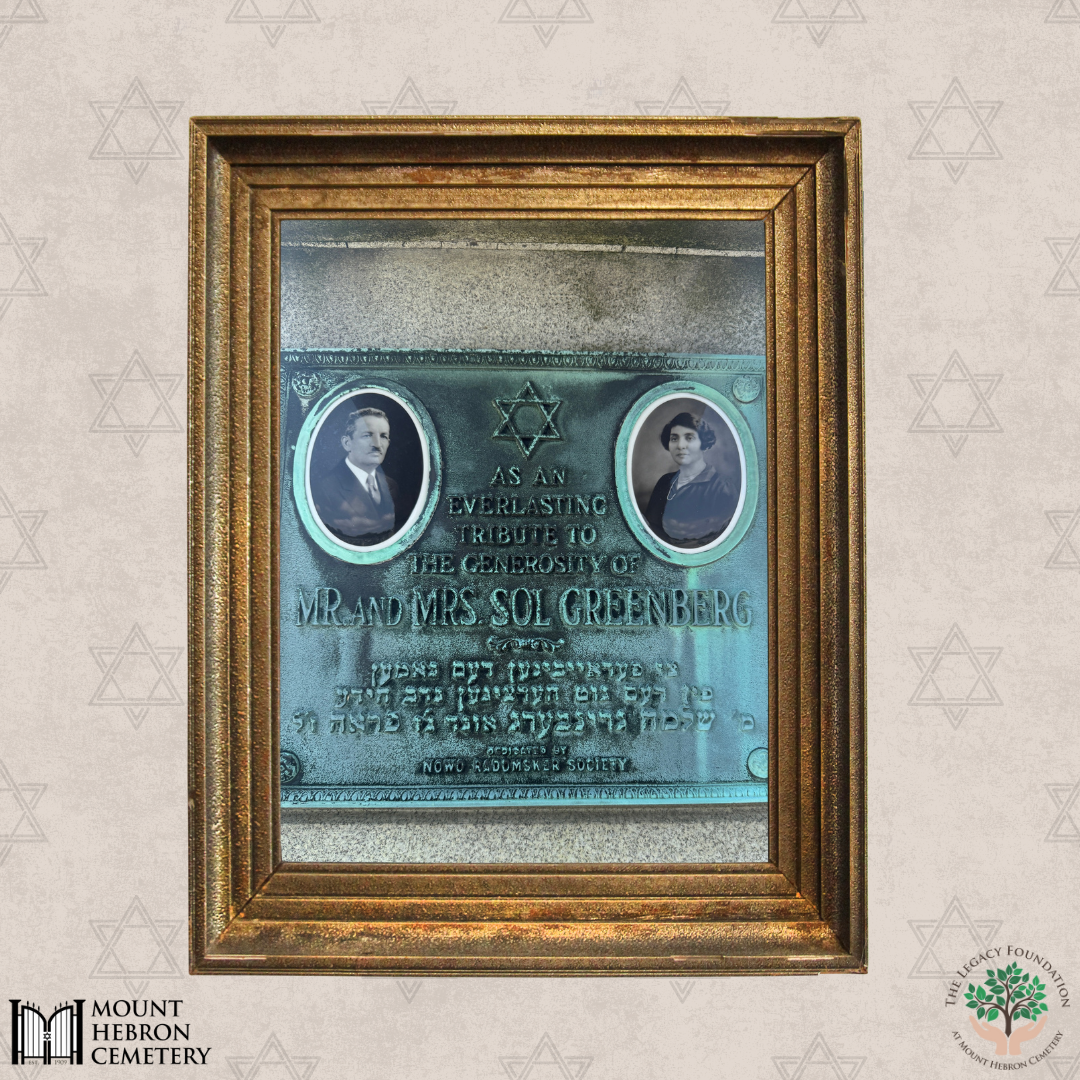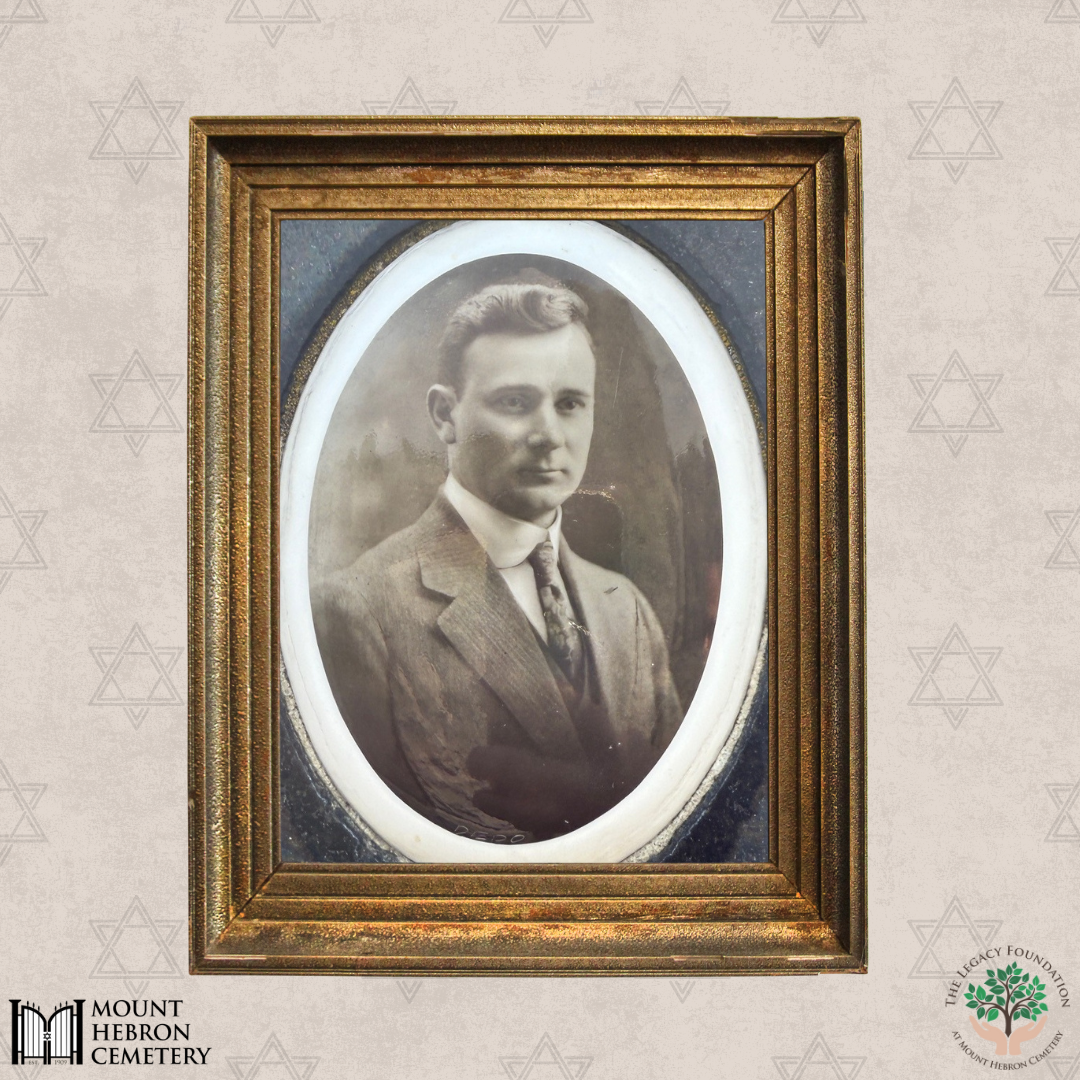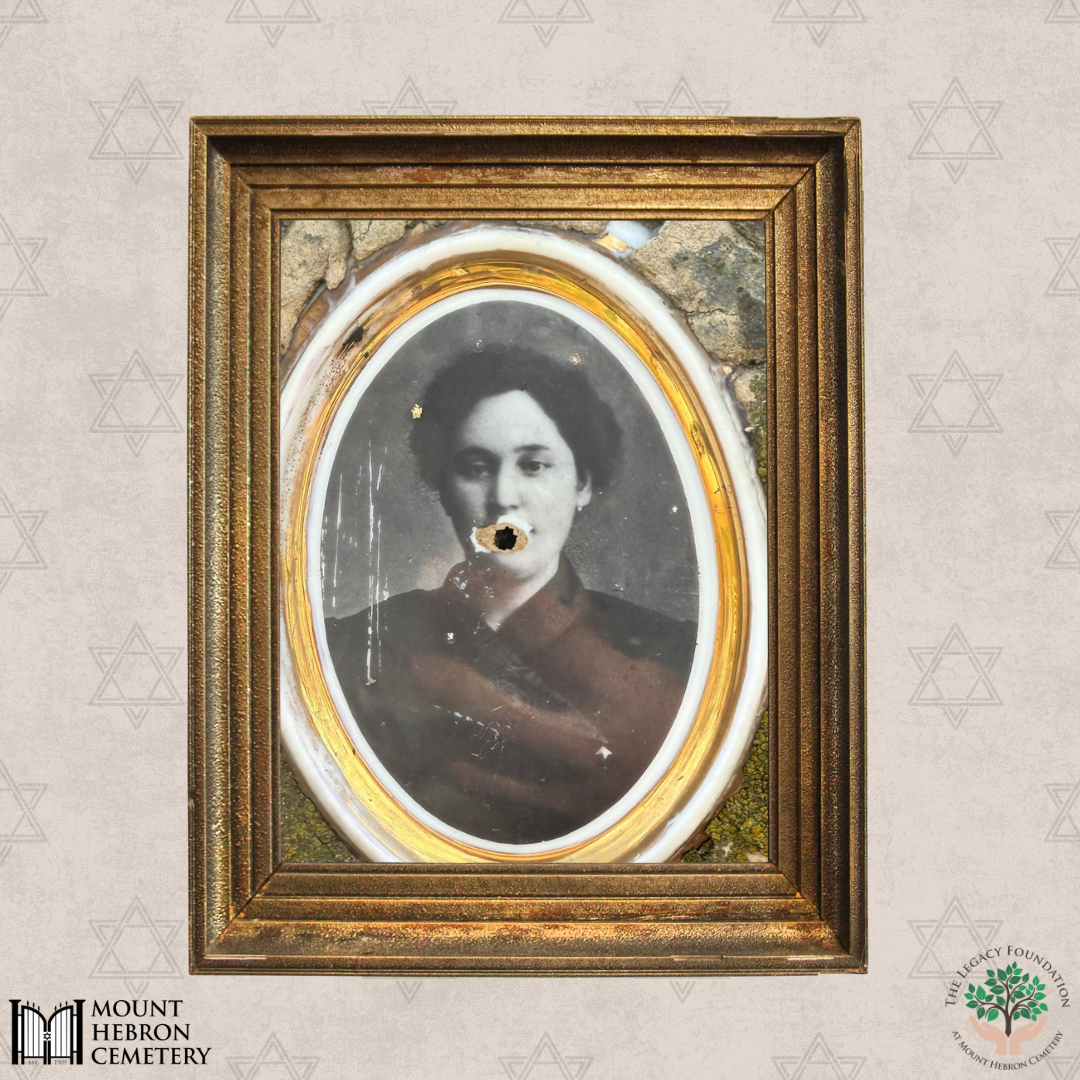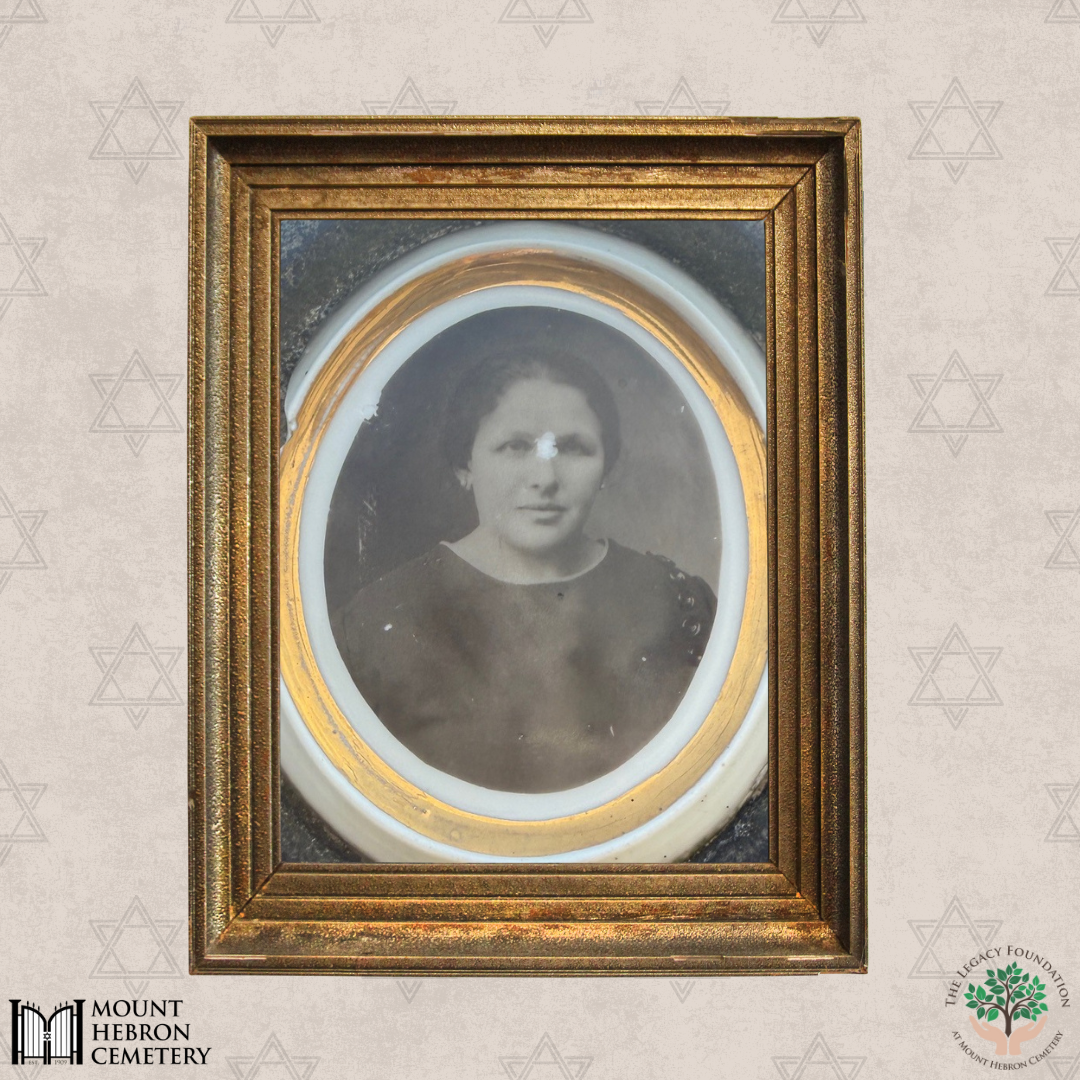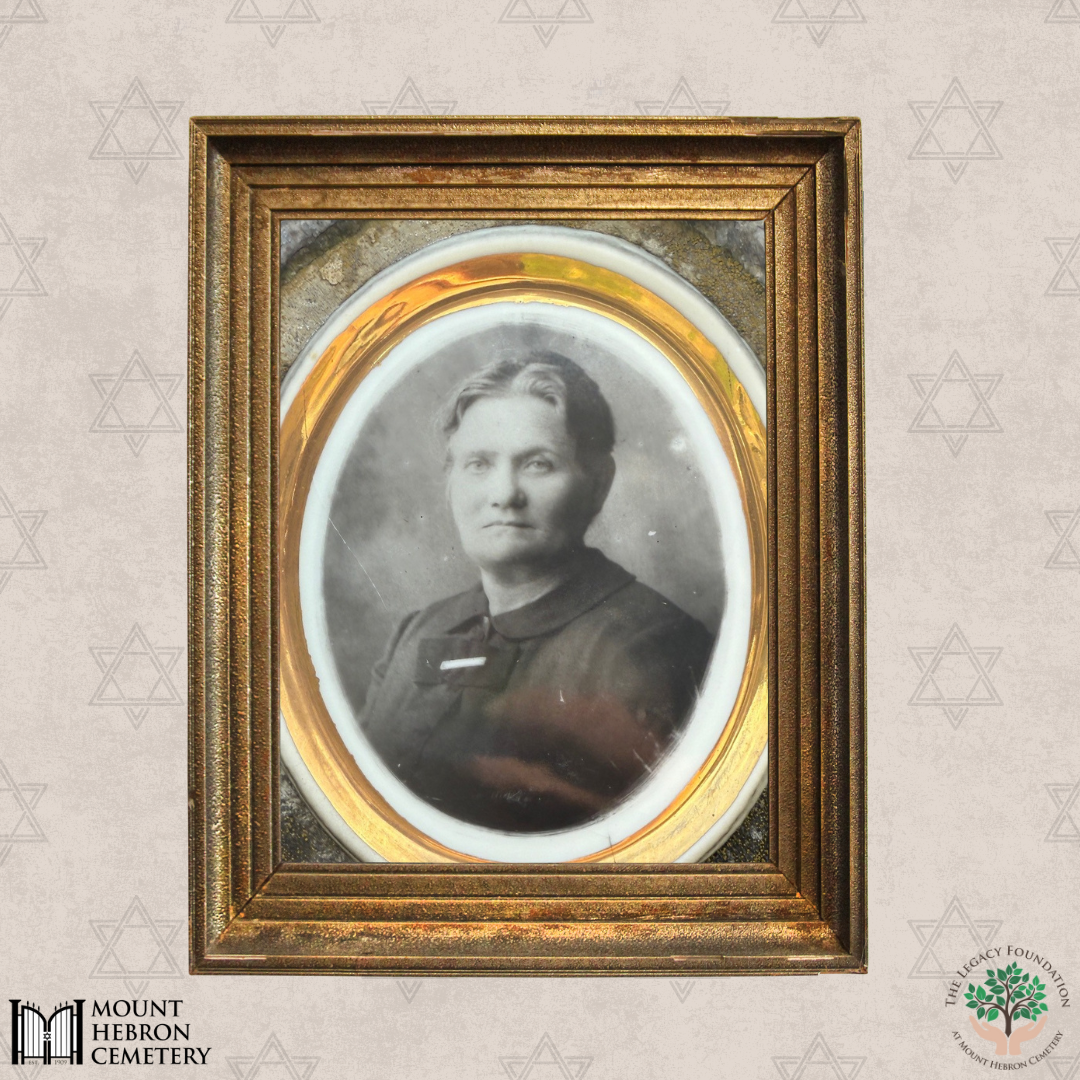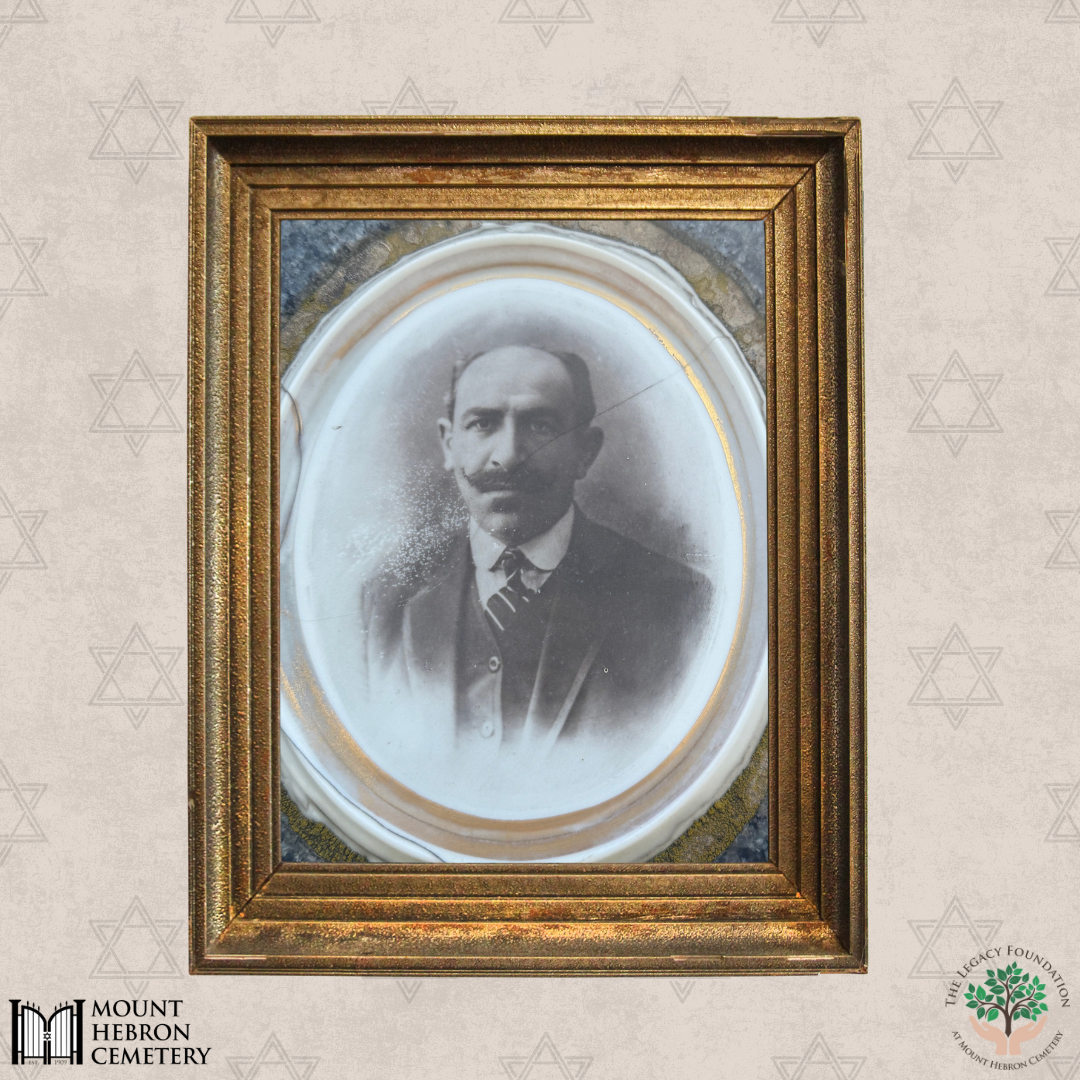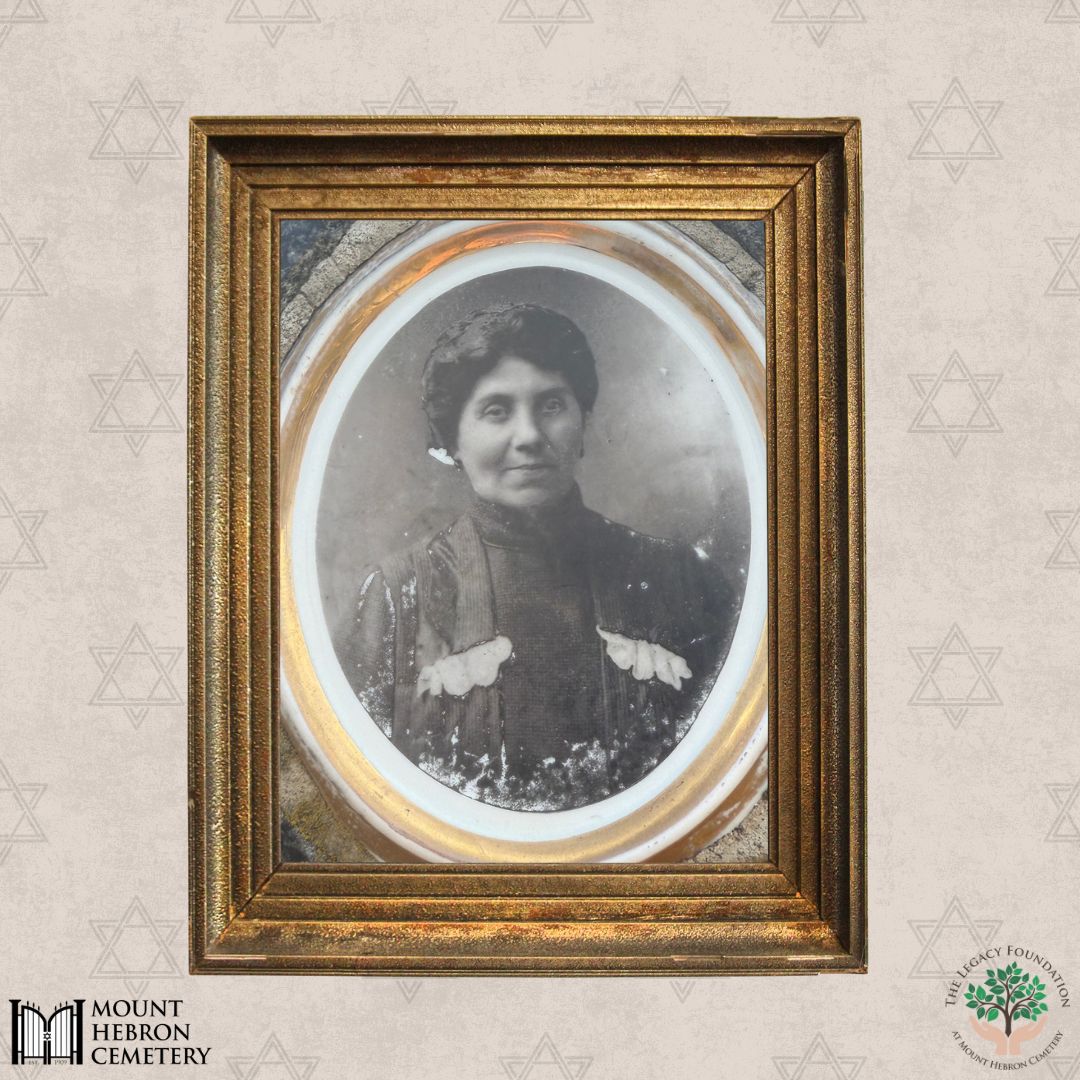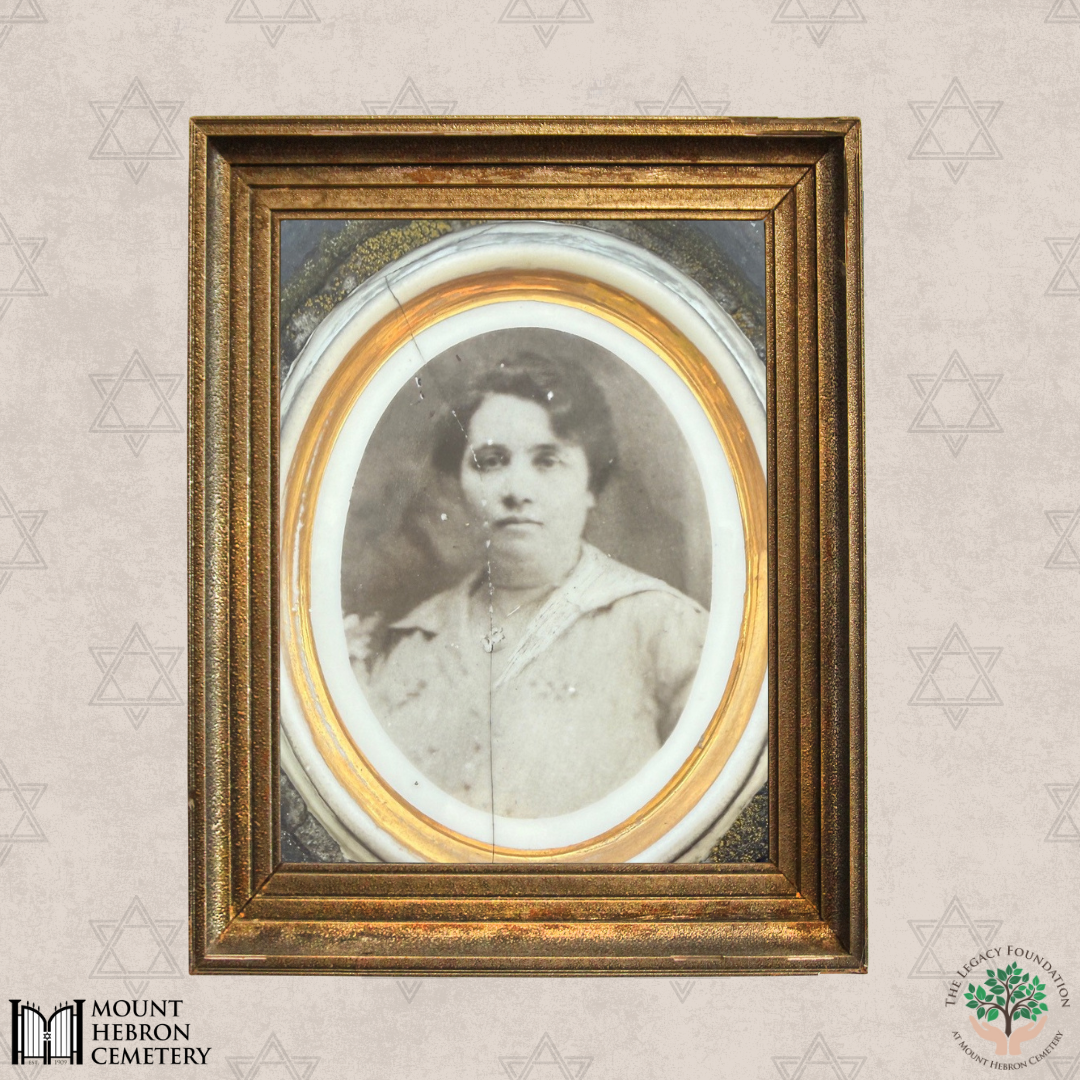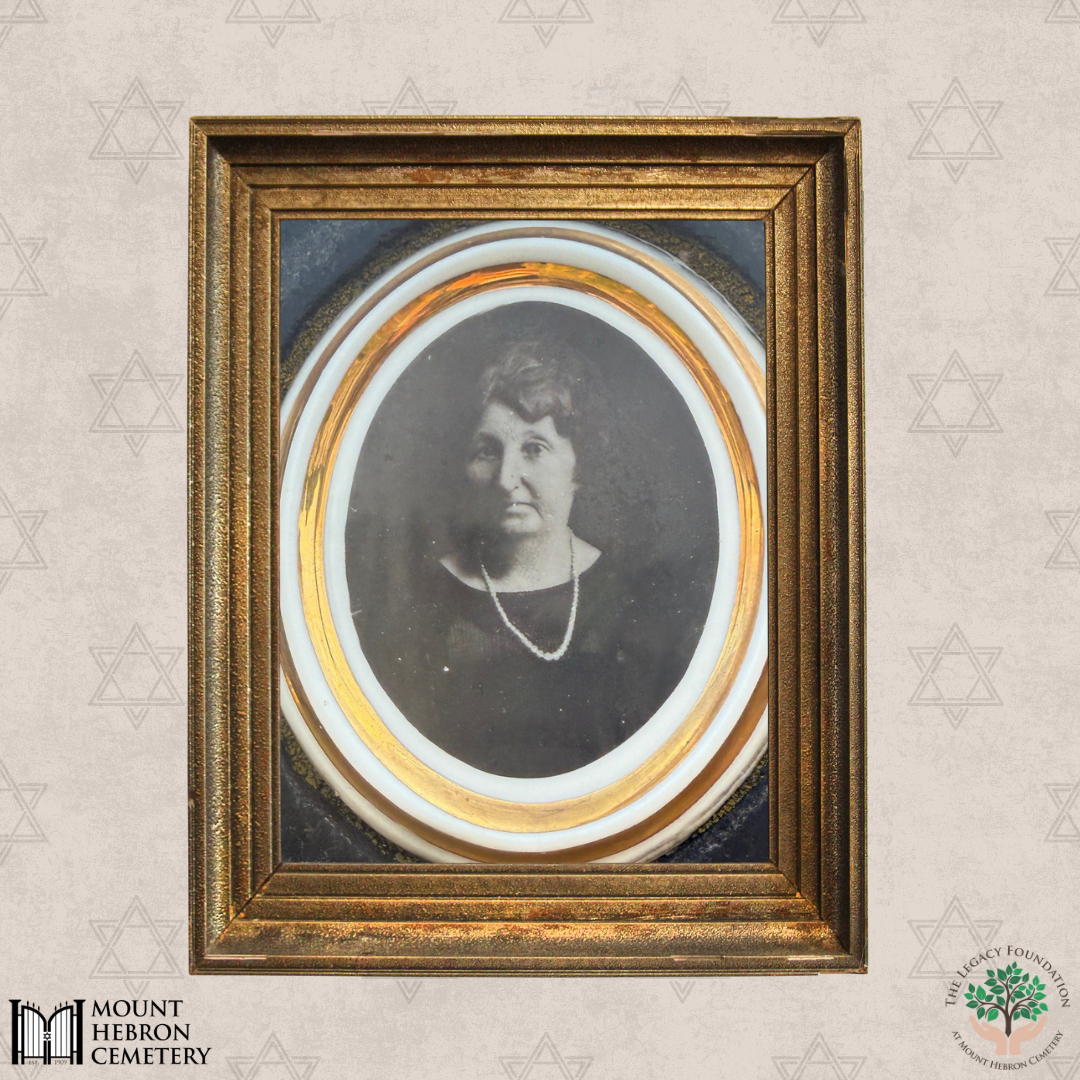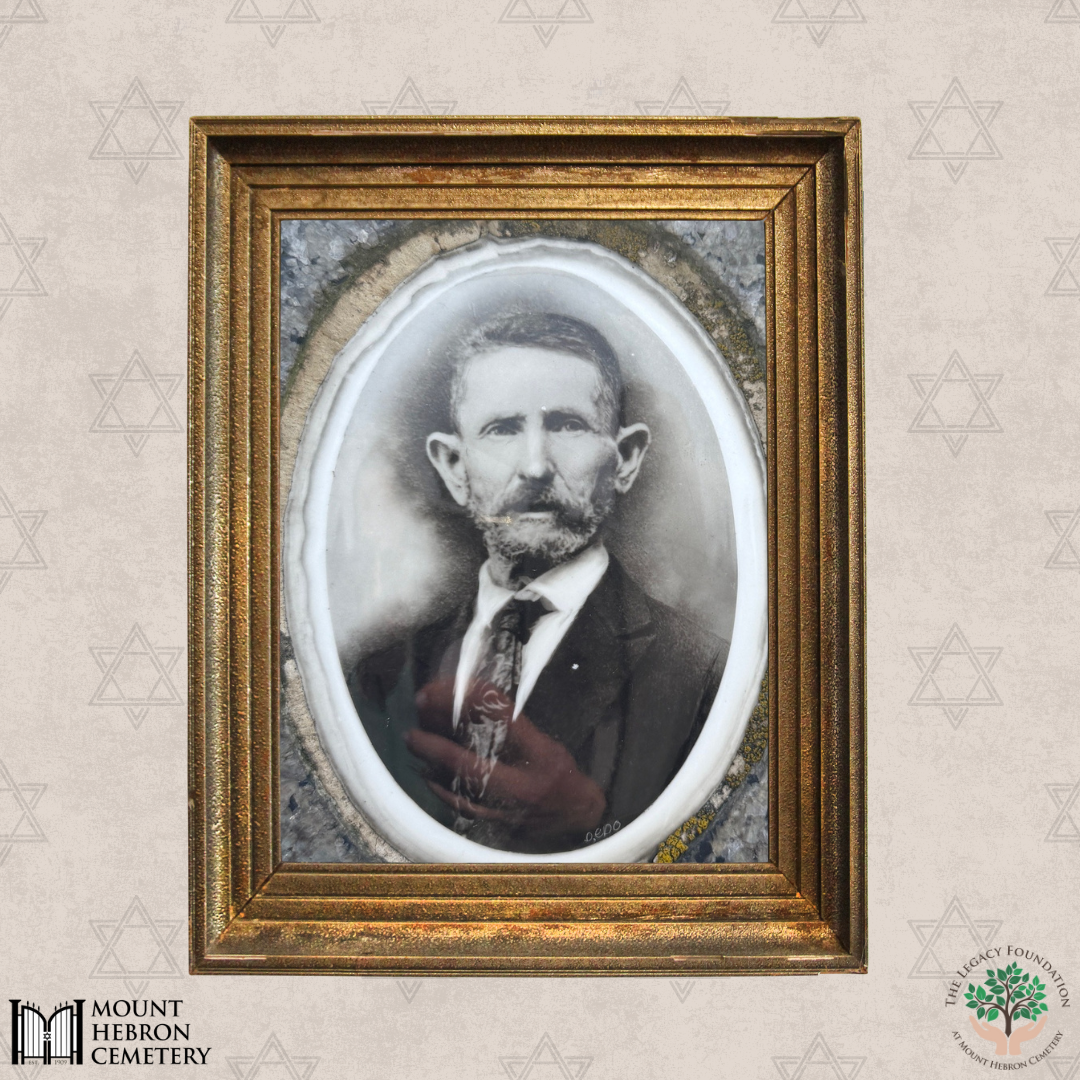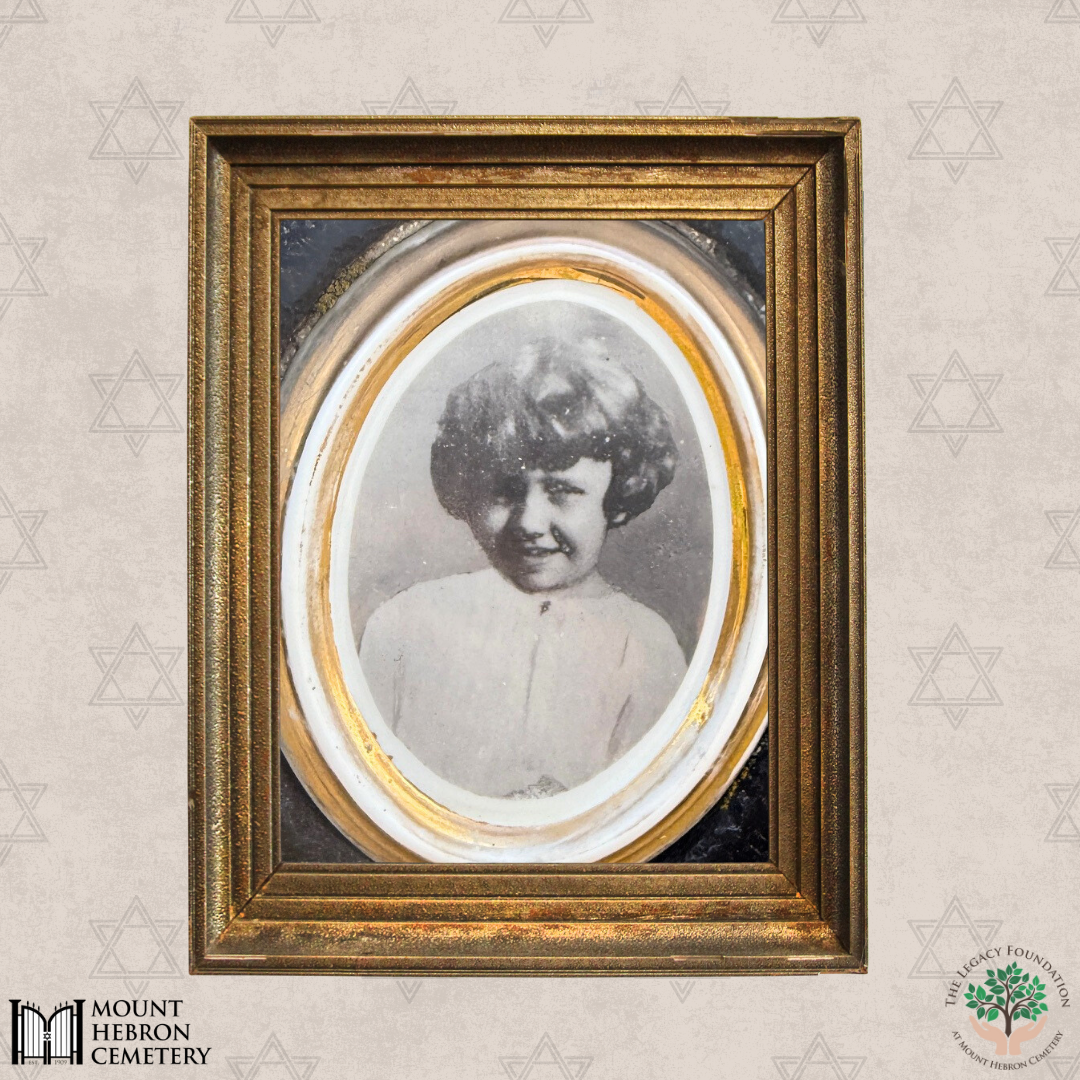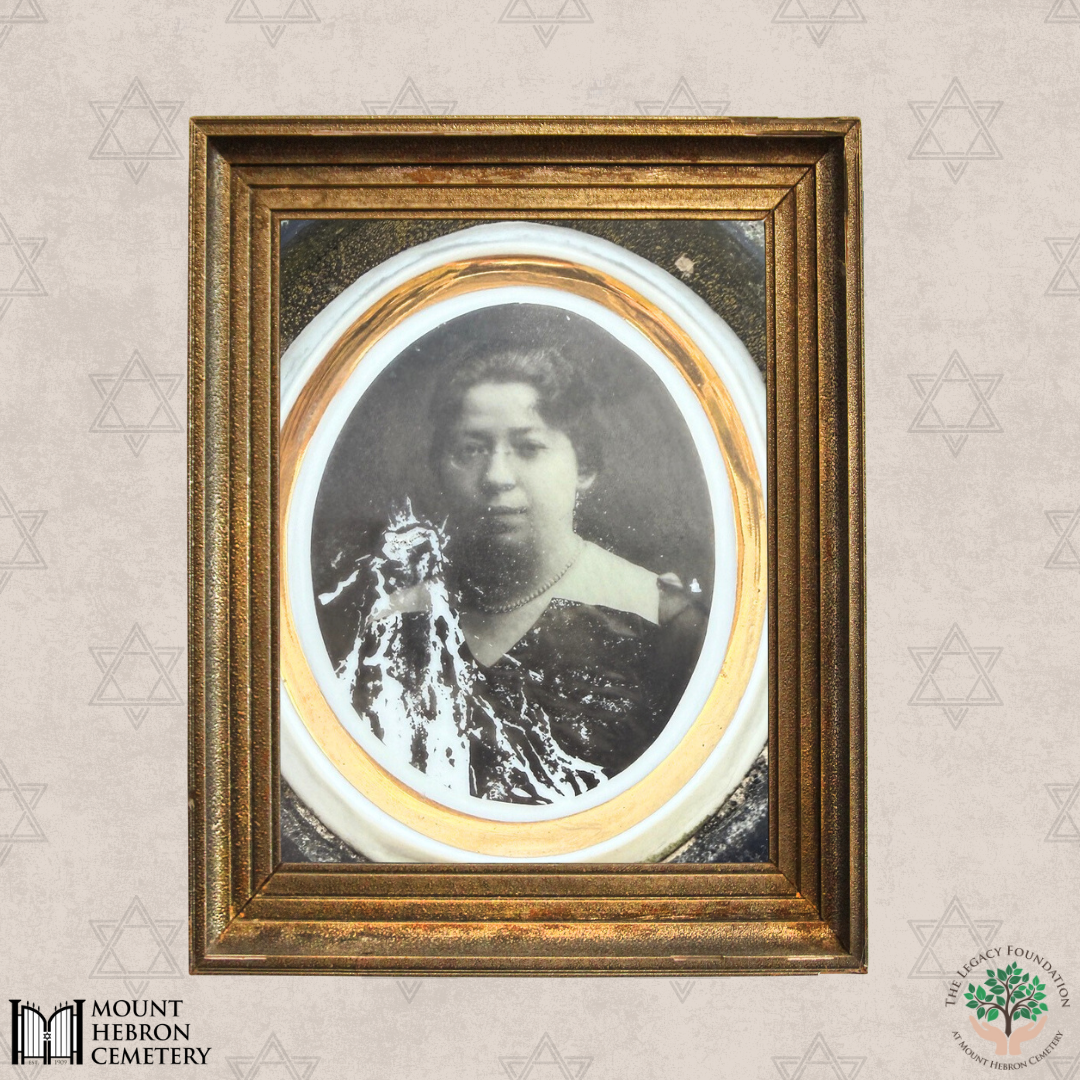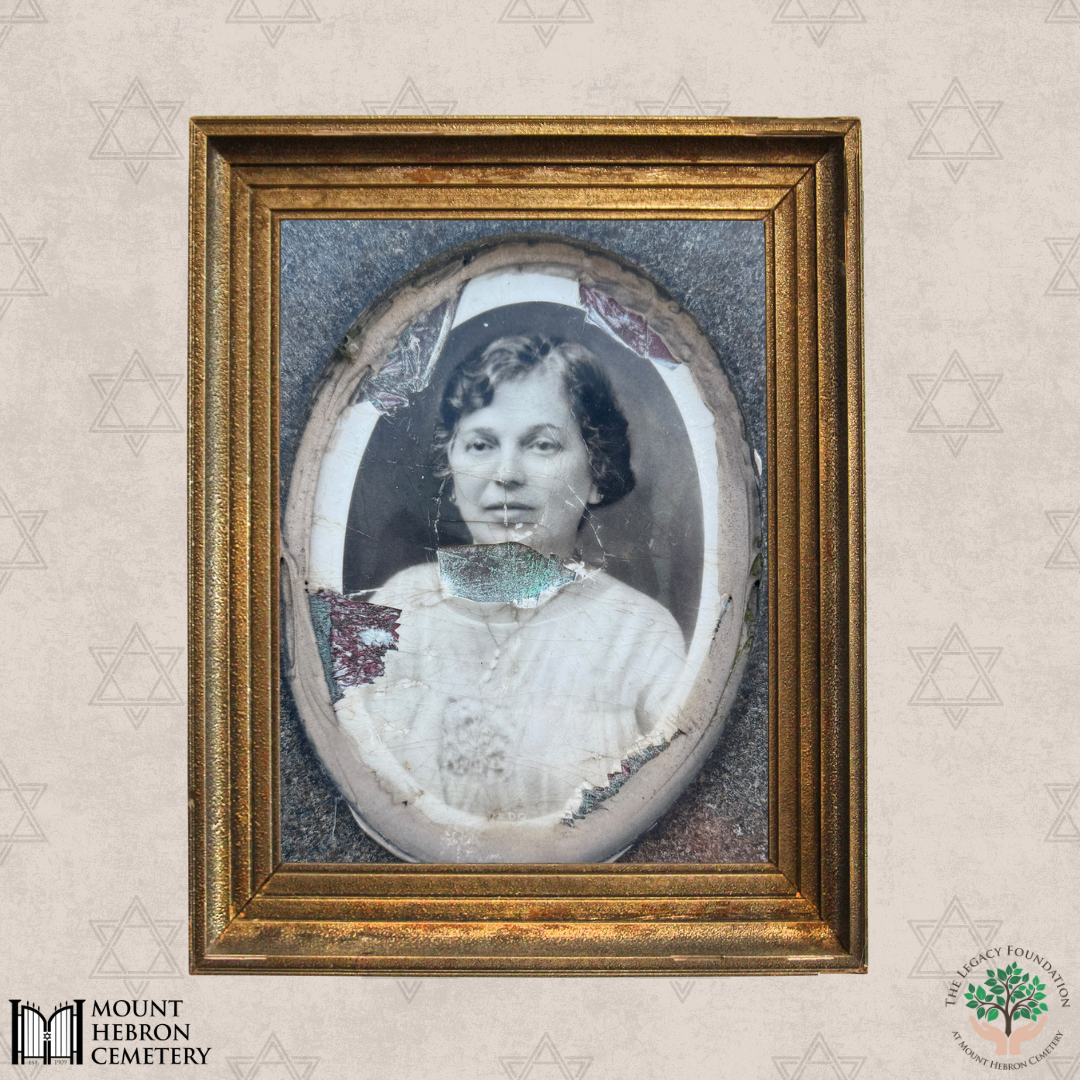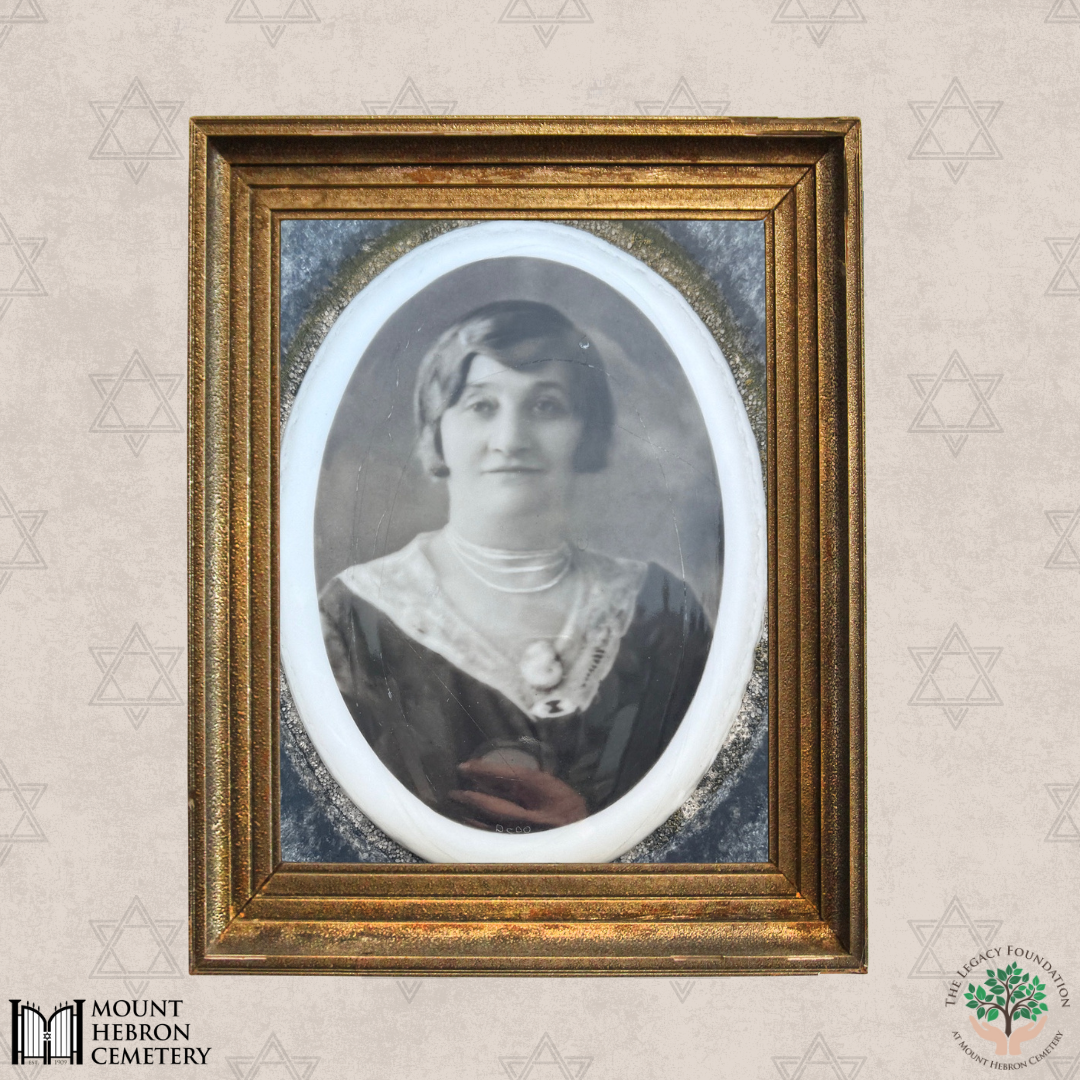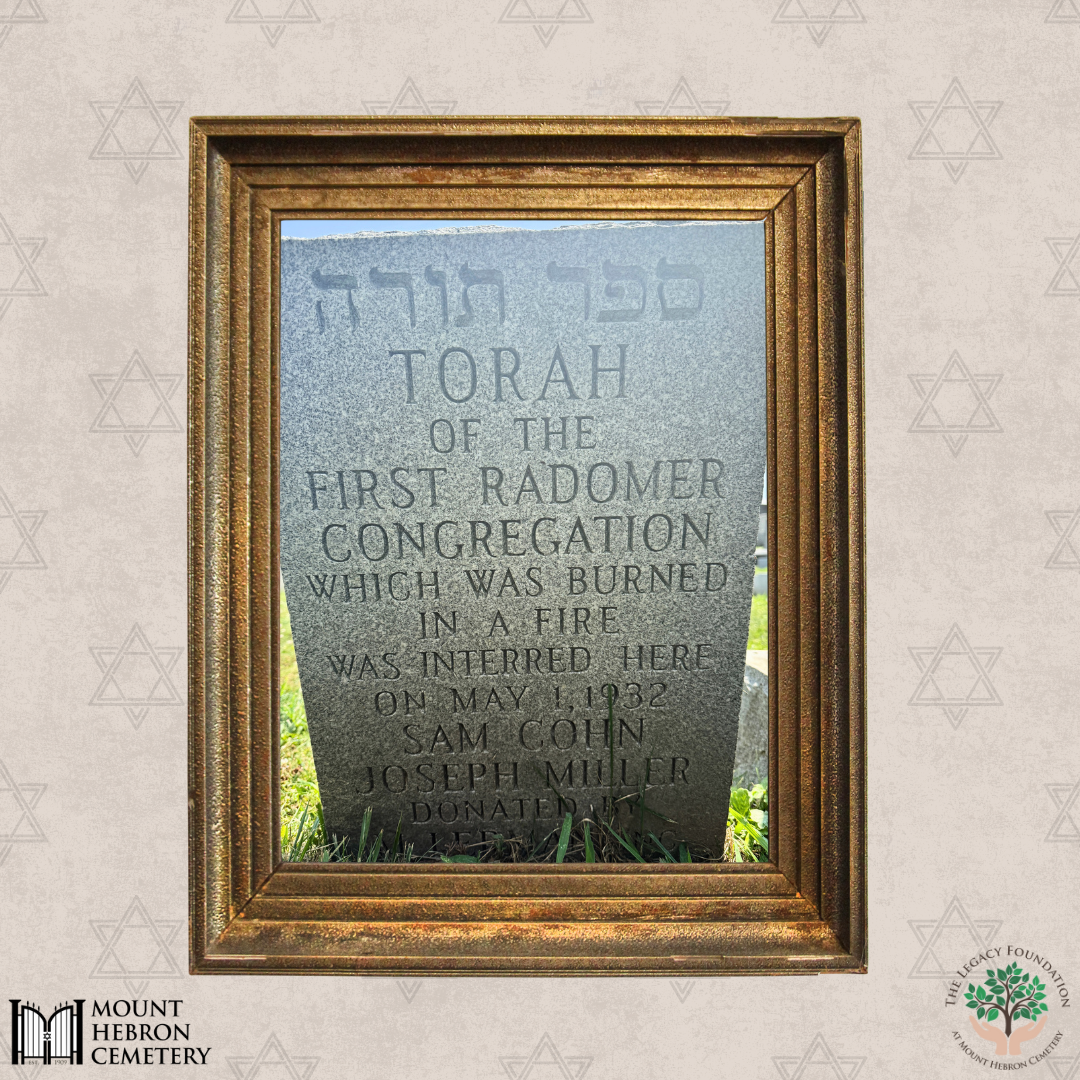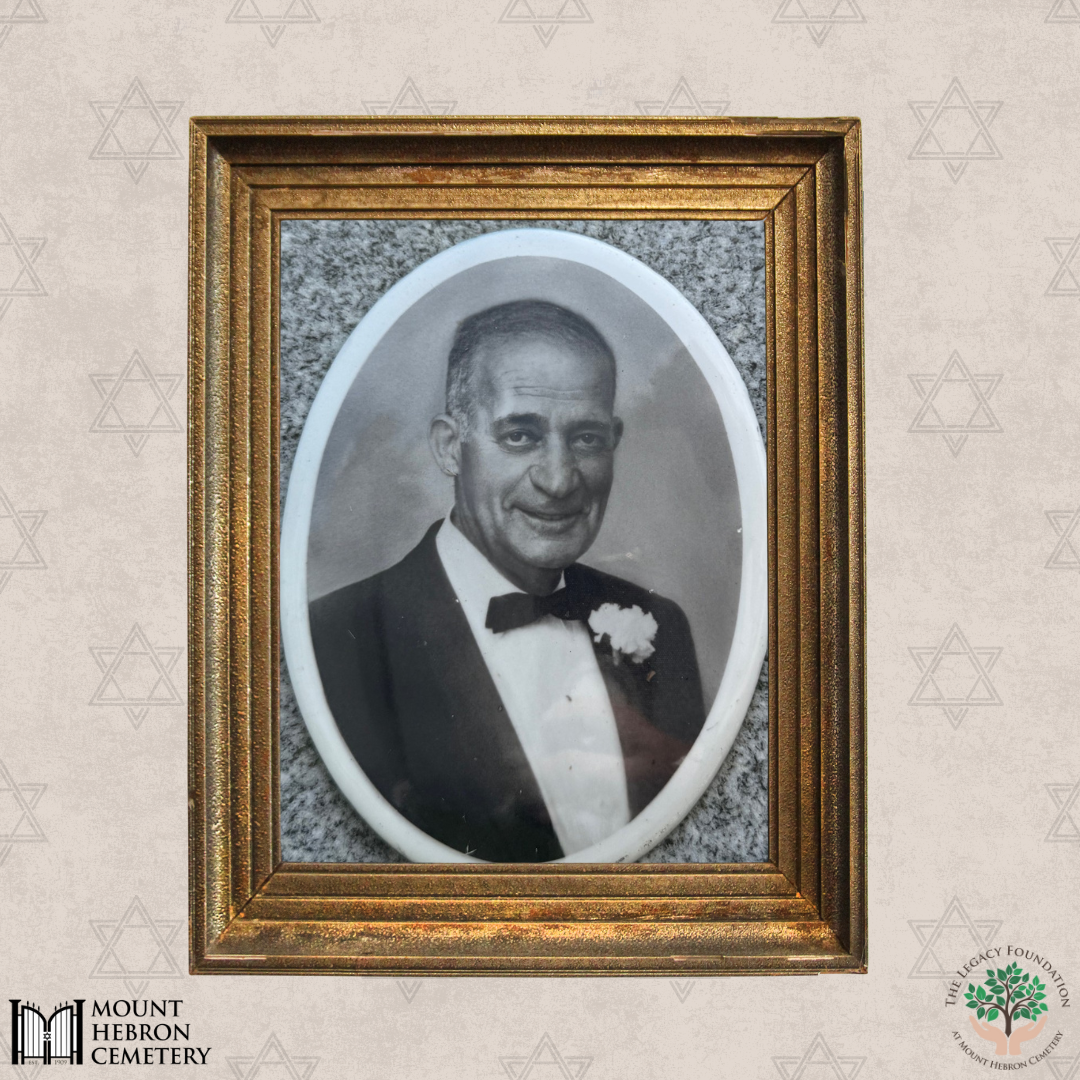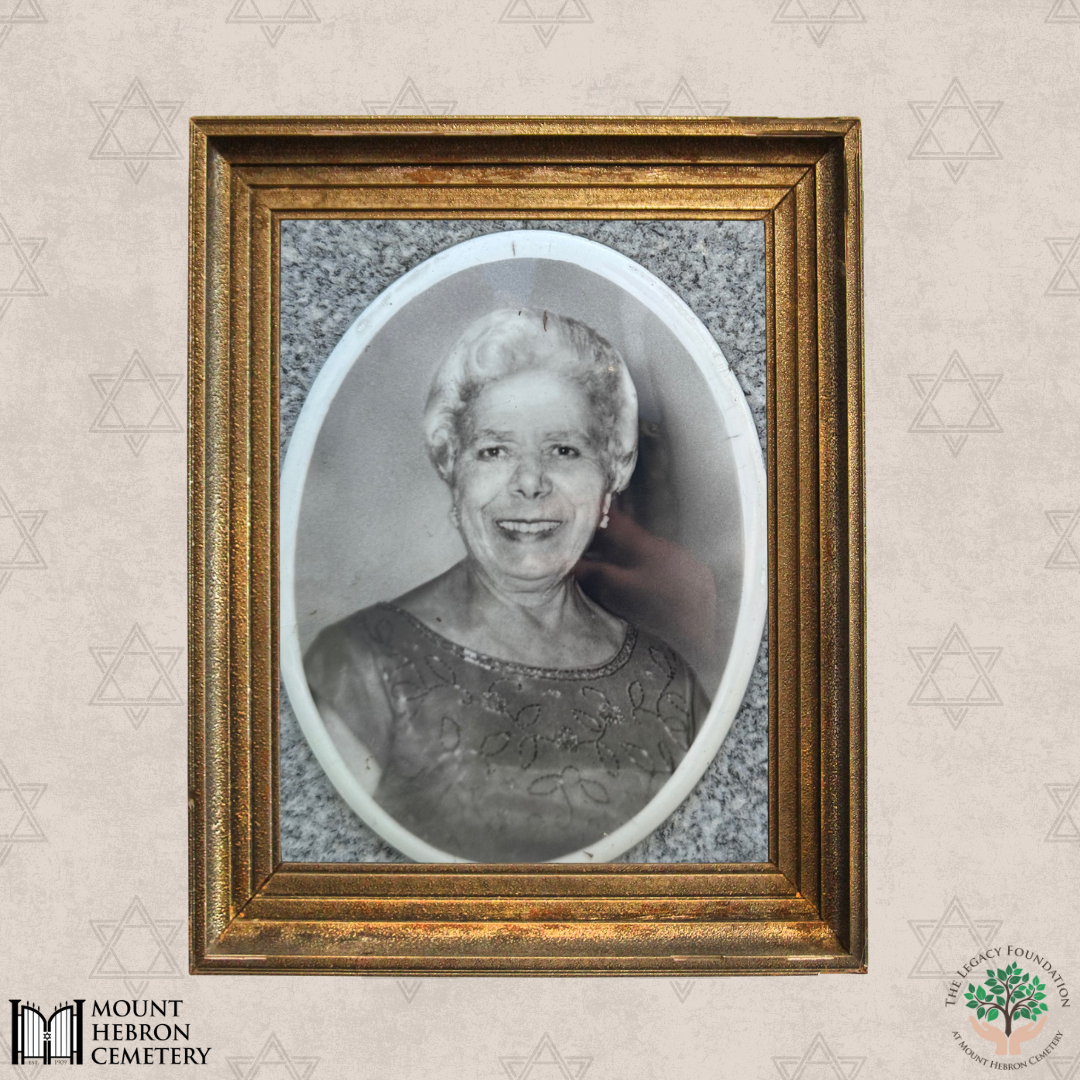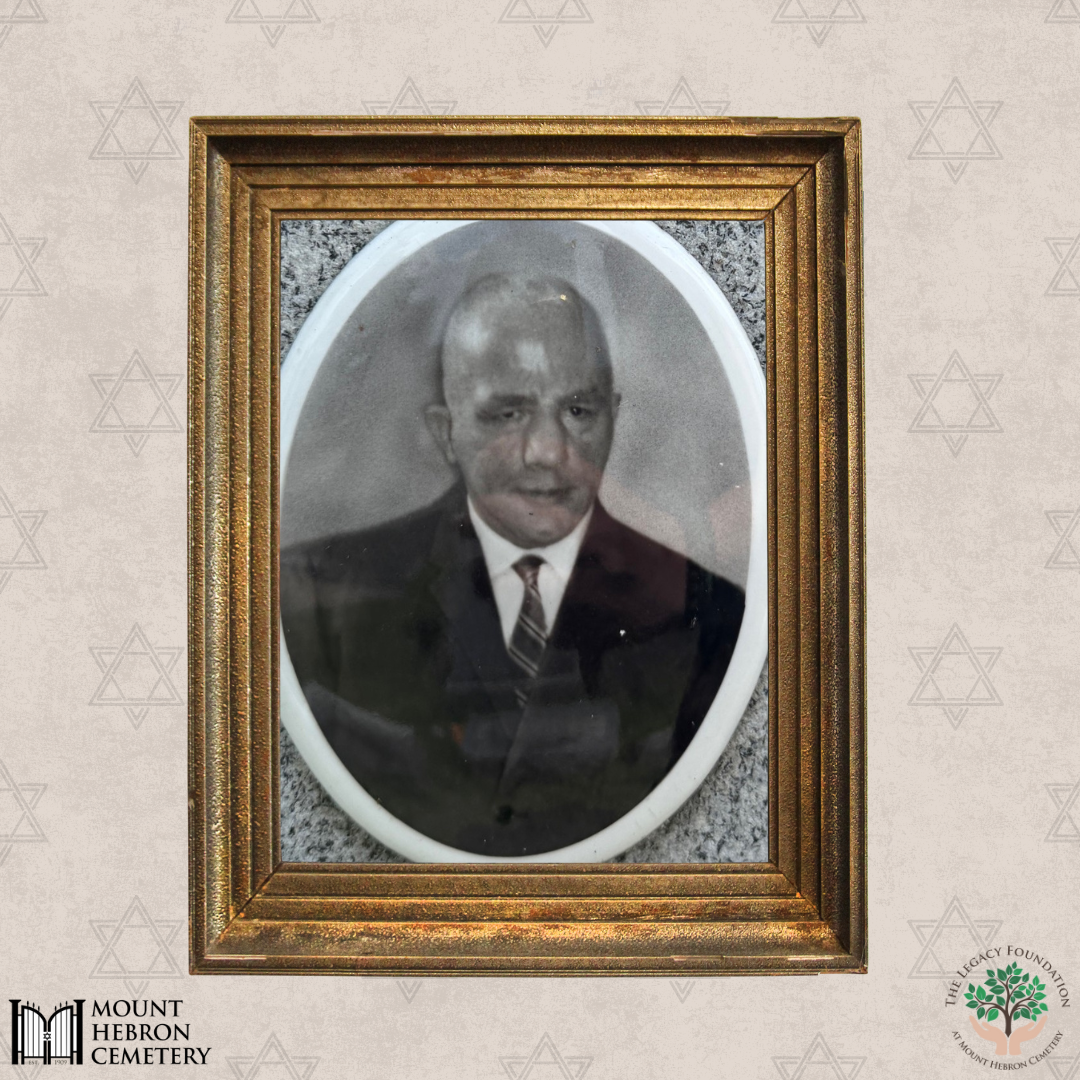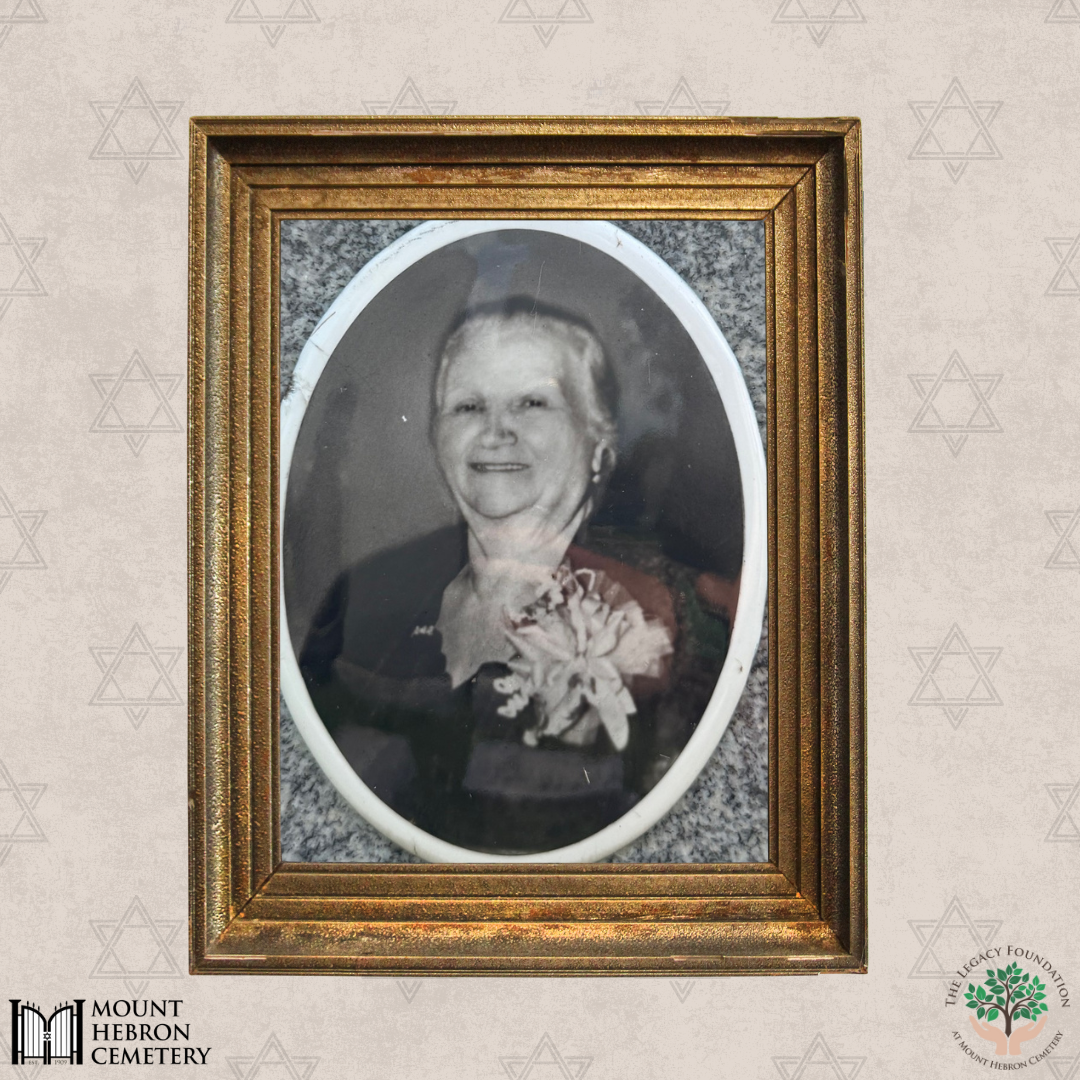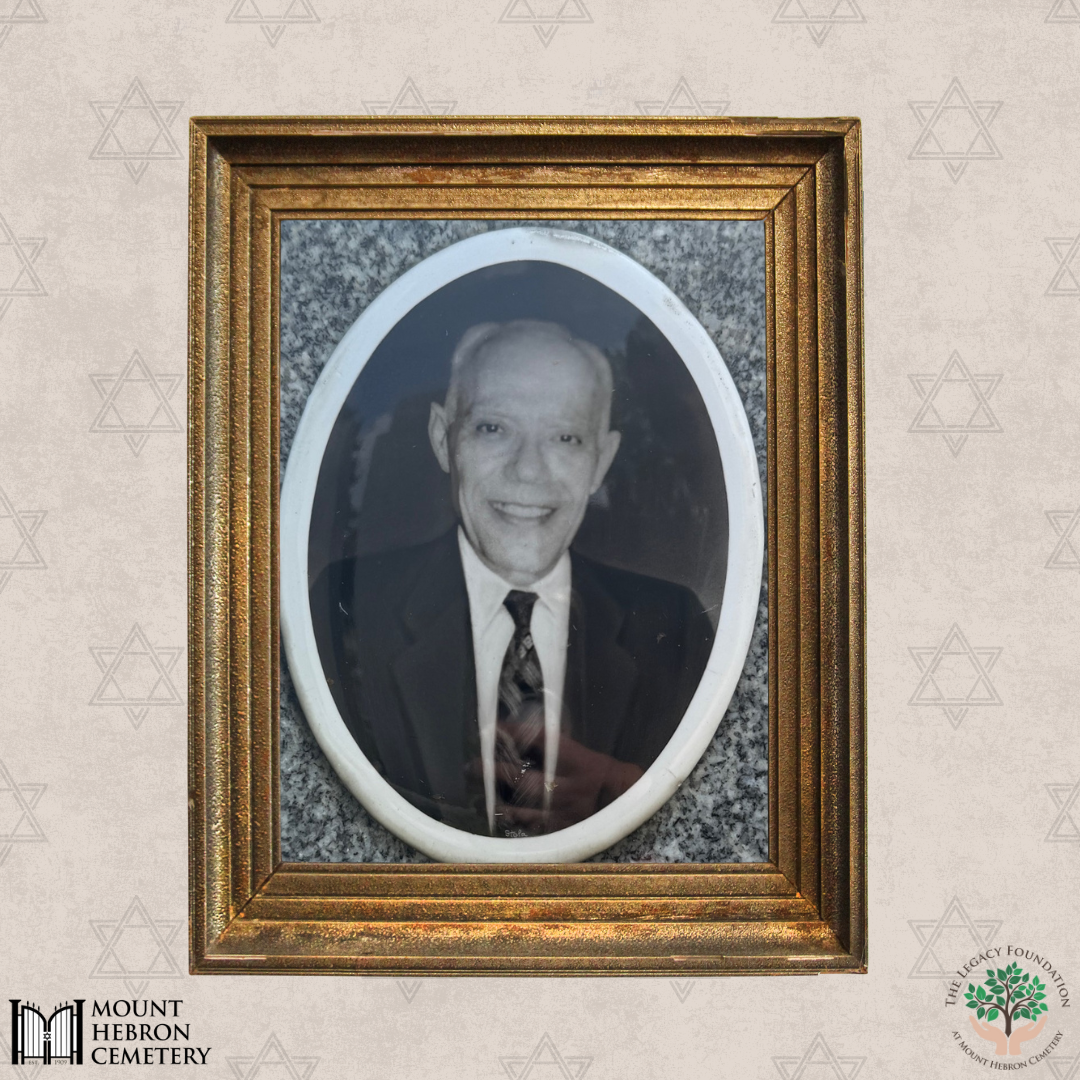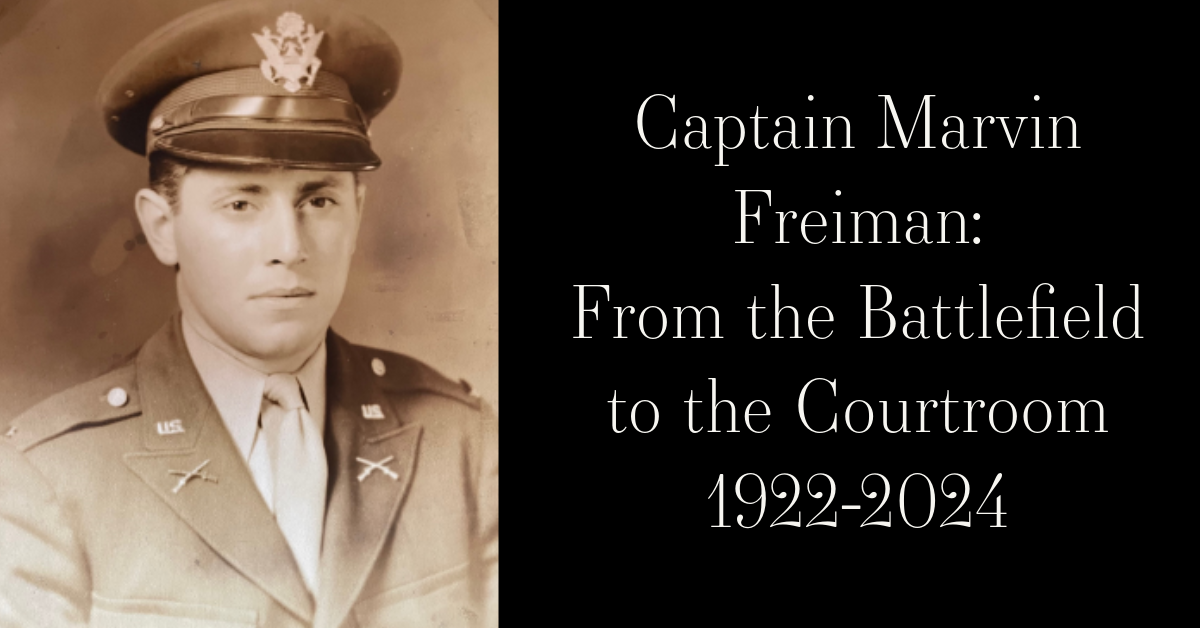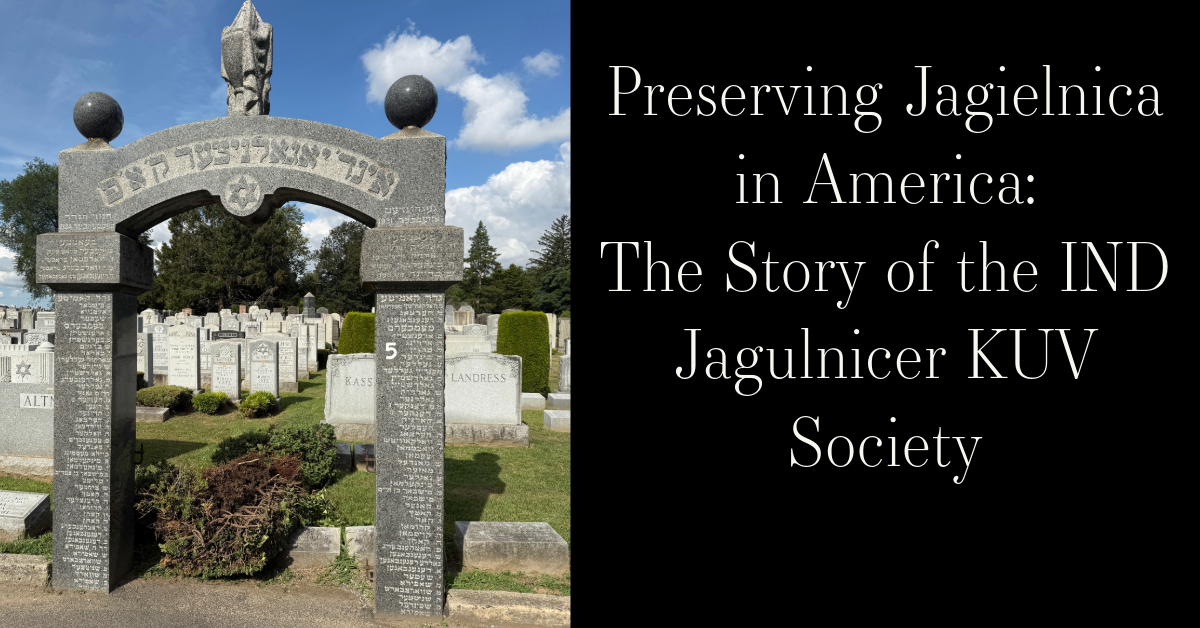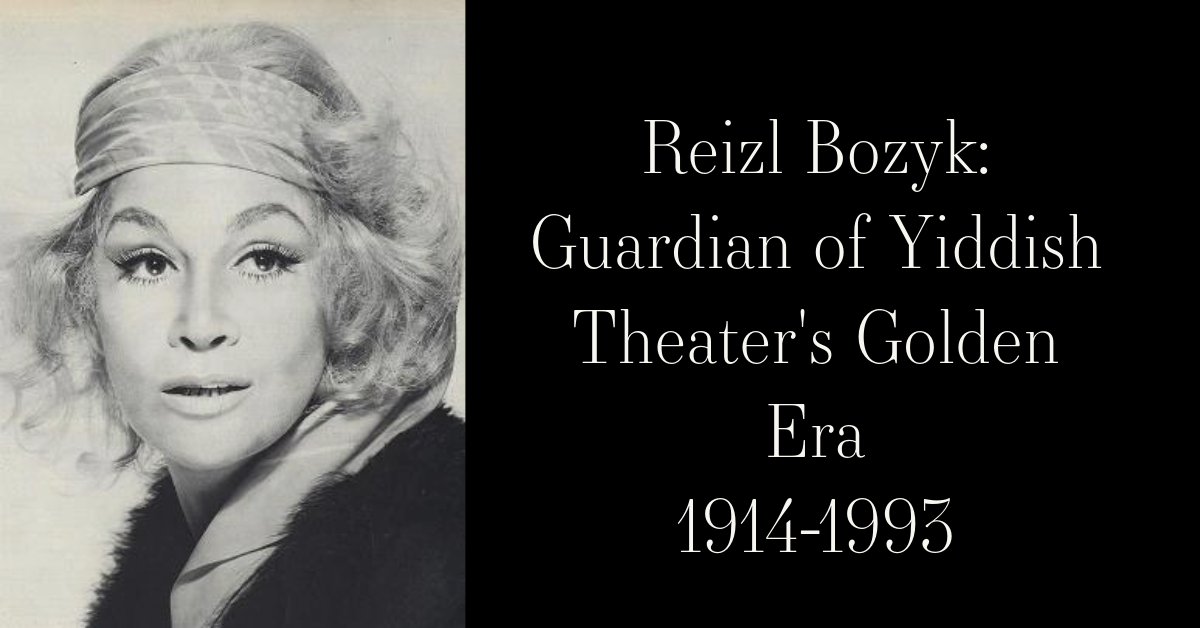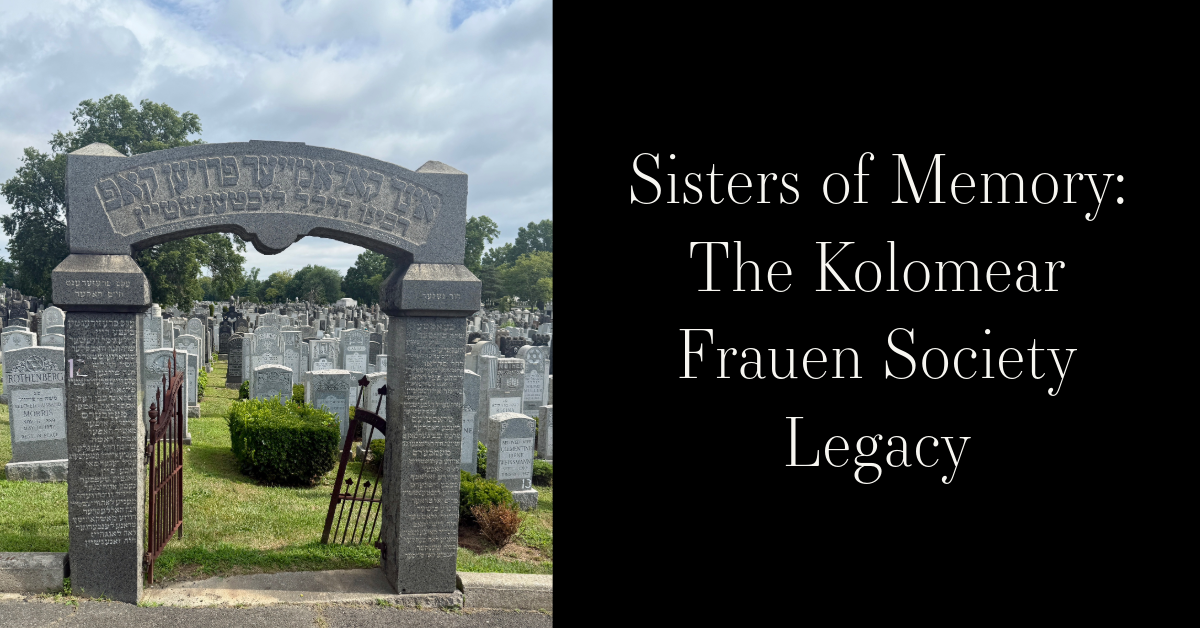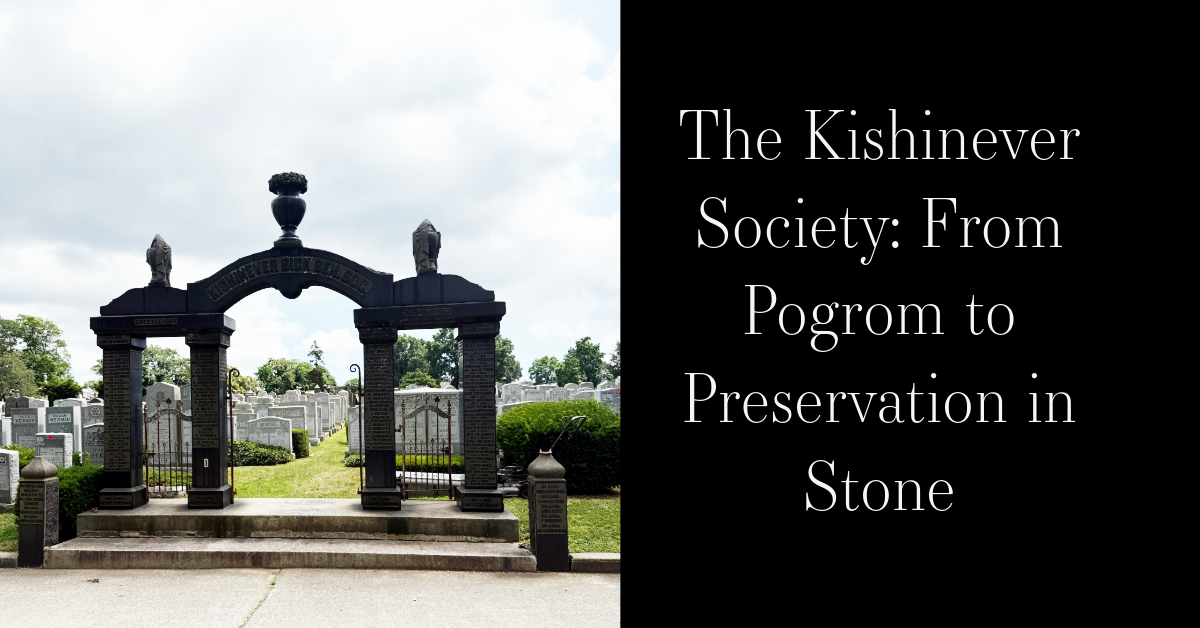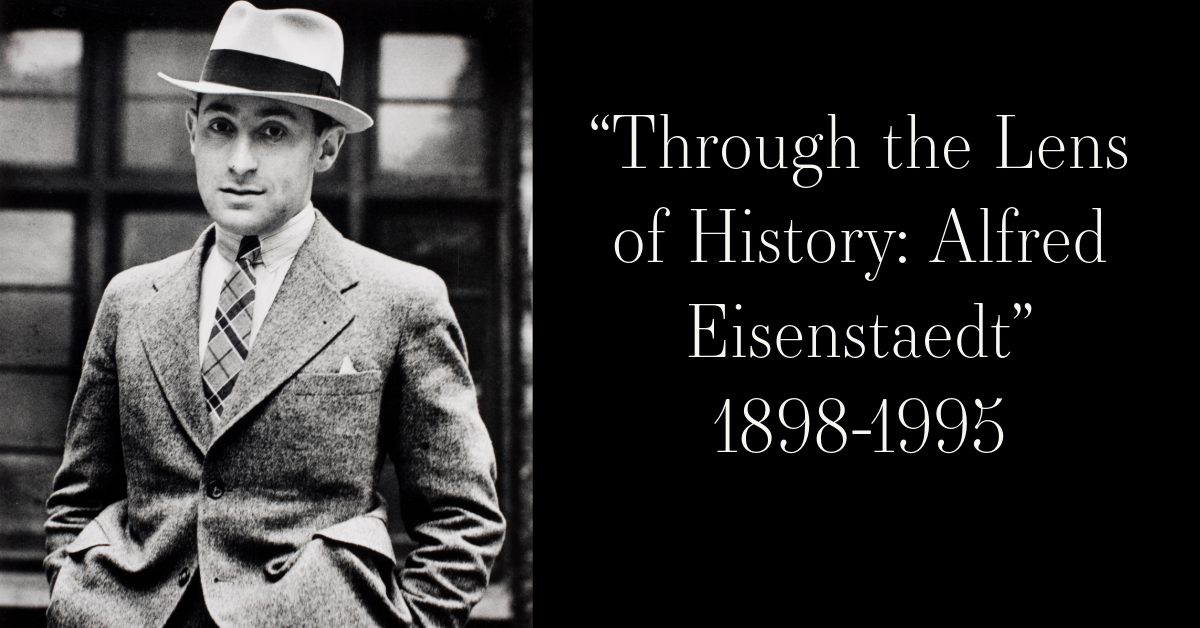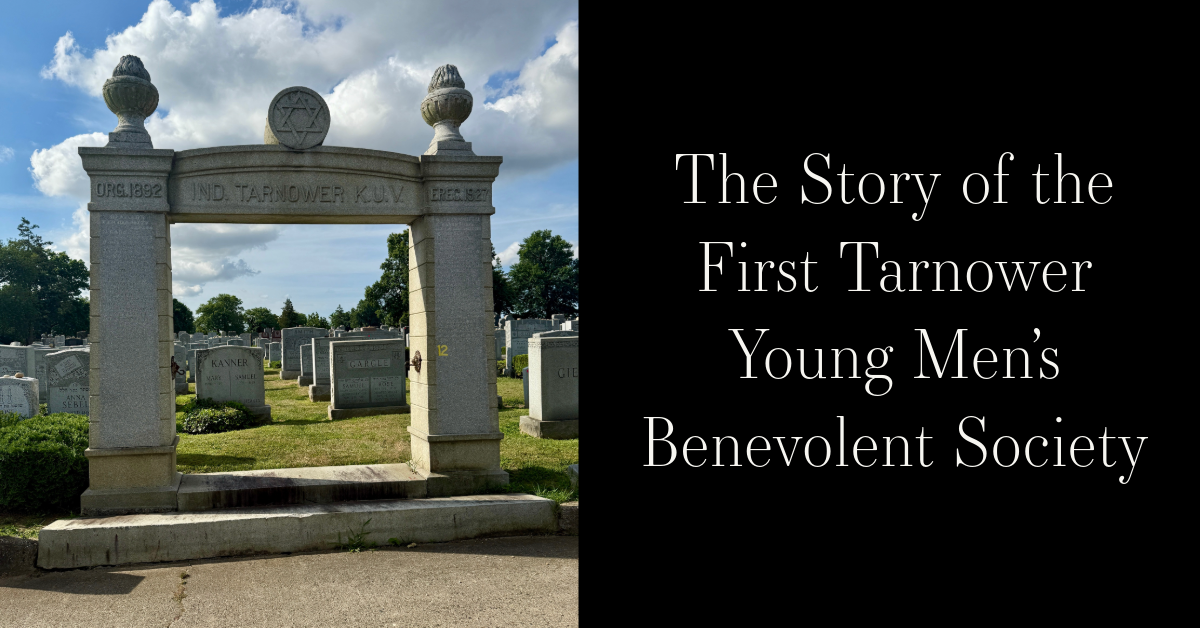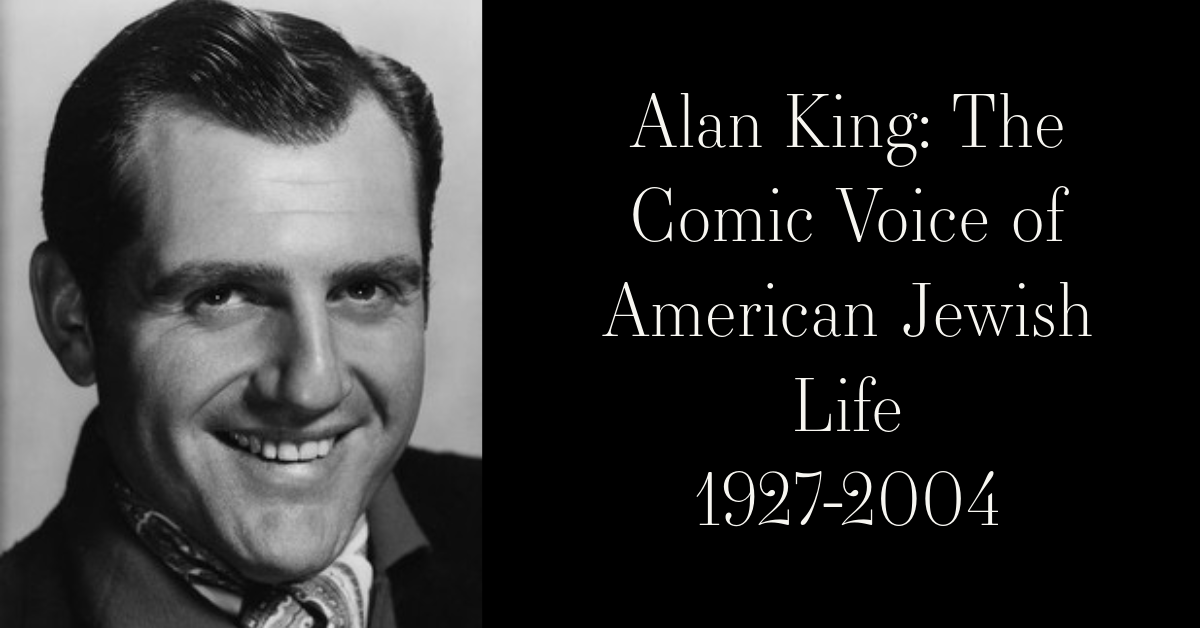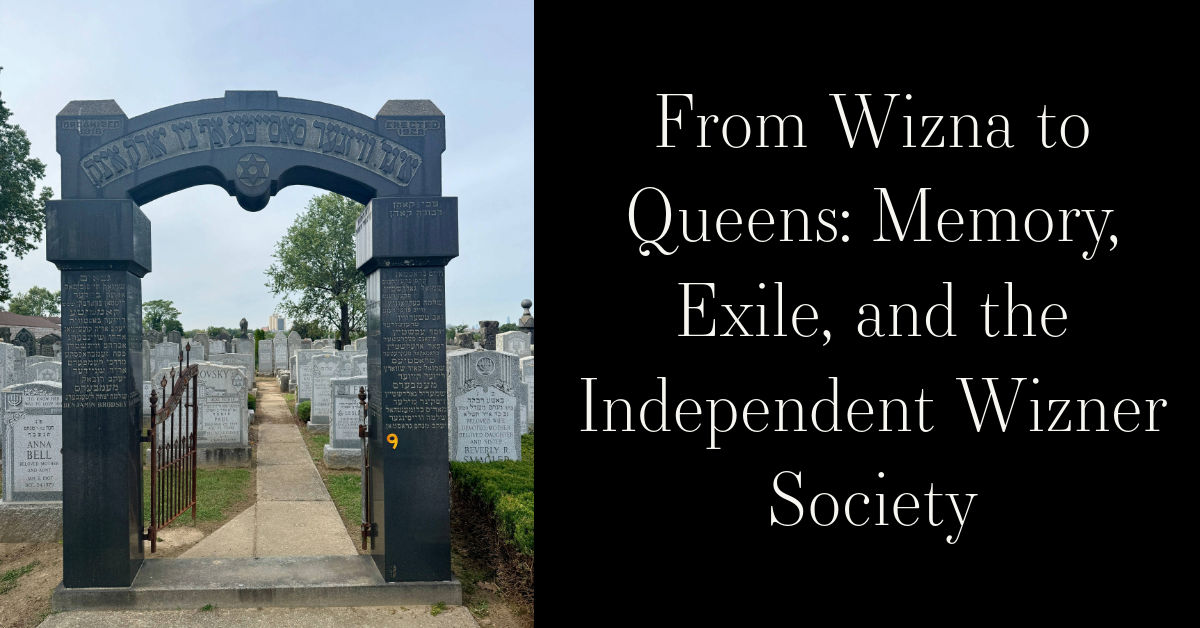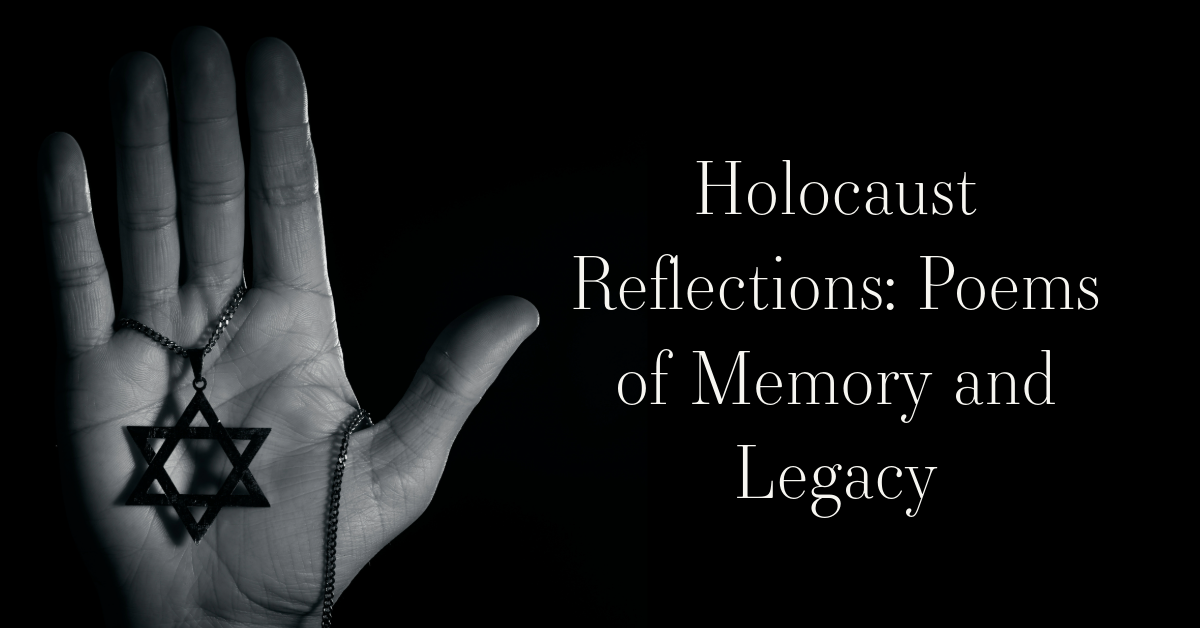Story Summary:
The 1st Radomsker Congregation at Mount Hebron Cemetery honors Jewish immigrants from Radom, Poland, a once-thriving community devastated during the Holocaust. Formed as a landsmanshaft, the society provided mutual support and burial services for Radom natives who rebuilt their lives in New York. Through its burial plot and likely memorial, the congregation preserves the memory of a lost world-one filled with vibrant Jewish life, Hasidic tradition, and resilience in the face of tragedy. It stands today as a testament to remembrance, survival, and the enduring bonds of community across generations. ~Blog by Deirdre Mooney Poulos
“The 1st Radomsker Congregation: A Cemetery Gate Between Two Worlds”
Tucked into a quiet section of Mount Hebron Cemetery lies the burial society of the 1st Radomsker Congregation, a solemn and steadfast tribute to a once-vibrant Jewish community that flourished far from Queens, in the city of Radom, Poland.
Like many other landsmanshaftn, mutual aid and burial societies formed by Jewish immigrants in New York, the 1st Radomsker Congregation was built on memory. It was a society formed not just to bury its members with dignity, but to preserve a connection to a world that, for many, could never be revisited. Its members were immigrants, refugees, survivors. They carried with them more than just names and addresses; they carried a history, one etched with both tradition and trauma.
Before the war, Radom was a city where Jewish life thrived. Jews had lived there since the 16th century, and by the 1930s, they made up nearly a third of the city’s population. The streets echoed with the sound of Yiddish and Hebrew, with Hasidic melodies, with the bustle of market stalls, printing presses, and workshops.
Radom was a place where worlds collided: Hasidim and secular socialists, tailors and scholars, laborers and merchants. The Jewish community was rich in diversity, political, religious, cultural, and formed an essential part of the city’s identity.
Among the spiritual leaders followed by some in Radom was the Radomsker Rebbe, part of the Hasidic dynasty founded in nearby Radomsko. The Radomsk Hasidic movement was known not only for its deep scholarship but also for its devotion to music, kindness, and communal responsibility. That spirit would travel with many who left.
By the turn of the 20th century, many Jews from Radom began making their way to America, fleeing pogroms, poverty, and growing political instability in Eastern Europe. They settled in Brooklyn, the Bronx, Queens, and elsewhere, finding community in each other and forming landsmanshaftn like the 1st Radomsker Congregation.
These societies served practical and emotional roles. They offered burial plots, helped pay for medical care, and ensured that no member of the community would be forgotten. In the years before and after World War II, the society likely became a lifeline for families struggling to locate missing relatives or honor those lost in the Holocaust.
That trauma would come swiftly and with unimaginable cruelty. When the Nazis invaded Poland in 1939, Radom’s Jewish community, 25,000 strong, was forced into two ghettos. In 1942, mass deportations to Treblinka began. Few would return.
Entire families, neighborhoods, and centuries of Jewish life were destroyed in a matter of months. Synagogues were burned, Torah scrolls desecrated, tombstones ripped from the ground and used as pavement. The Radom that existed before the war no longer does.
But for those who survived, and for those who rebuilt their lives in places like New York, memory became an act of resistance. The landsmanshaftn became the keepers of those memories. Through ritual, writing, and remembrance, they preserved what had been lost.
Walking through Mount Hebron today, you might pass the ironwork gate or monument marking the section of the 1st Radomsker Congregation. Perhaps you’ll see Hebrew inscriptions, names etched in stone, and a quiet corner that whispers the history of a people who refused to forget.
These burial plots are more than final resting places. They are chapters in a much larger story. They tell of immigration and identity, of faith and grief, of building something lasting in a new land while carrying the weight of the old.
The Legacy Foundation at Mount Hebron honors these stories through ongoing research, preservation, and education. The work of remembering isn’t passive. It’s active, and urgent. For every society like the 1st Radomsker, there are generations of stories waiting to be rediscovered.
~Blog by Deirdre Mooney Poulos
Work Cited:
Pinkas Hakehillot: Encyclopedia of Jewish Communities – Poland
https://www.yadvashem.org/yv/en/about/institute/pinkas_poland.asp
United States Holocaust Memorial Museum (USHMM) – Encyclopedia Entry: Radom
https://encyclopedia.ushmm.org/content/en/article/radom
JewishGen KehilaLinks: Radom, Poland
https://kehilalinks.jewishgen.org/radom/
Radom Yizkor Book (Sefer Radom)
https://www.jewishgen.org/yizkor/radom/radom.html



